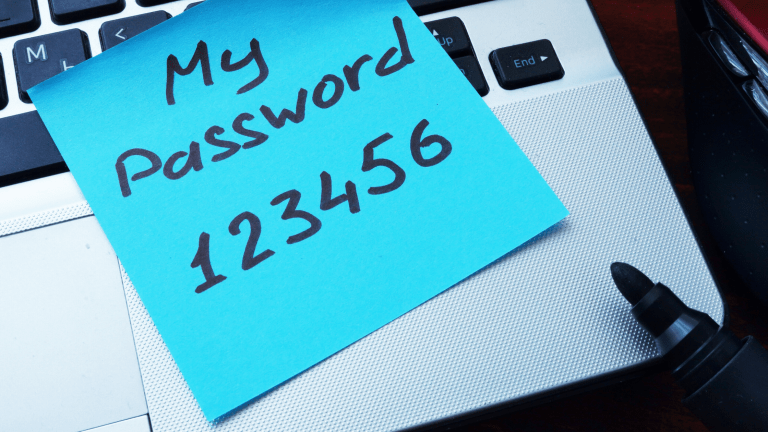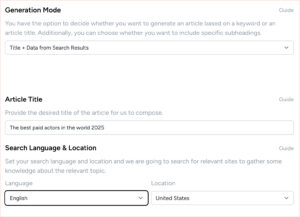In this tech-savvy environment managing multiple online accounts while keeping your password secured is one of the most challenging tasks. Whenever there is any news of compromised information or data breach, the most common reason turns out to be low password security. The risk of sharing passwords also comes in the form of entering login credentials on unsecured websites or creating weak passwords.
So, instead of using the same easy-to-guess password, it is recommended to use a complex one that would be unique to your account and cannot be easily guessed by hackers or third parties – and it should not be shared with other people.
Below are some reasons which establish why sharing passwords is bad.
1. You compromise your account security
When you share your password with another person, you essentially grant them access to not only that account, but every account you own that uses the same password. One risk of sharing passwords is that your account immediately becomes much less secure.
Even if you trust the person to whom you give your password, they may not store it in a secure location or they might keep it on a compromised device, opening it up to potential theft and thus putting you, your accounts and your private information at risk. It is hugely important that you’re careful about to whom you give your password.
2. Account becomes more vulnerable for sniffers/phishing
Another potential risk of sharing passwords is making your confidential information available to sniffers and keyloggers. One of the common ways used by these sniffers is to persuade the user to type the password into a website you access. This practice is commonly referred to as phishing or sniffing. It is done by making the user install a keylogger, i.e. either hardware or software or by reading traffic on a wired or wireless unencrypted network. By sharing your account credentials with other people you make your account more vulnerable for sniffing/phishing attempts.
3. Your name can be used
Remember, if a person uses your credentials to log into an account, they will be on your account, meaning that any action they carry out will be done in your name. If the person then chooses to engage in harmful activities or access inappropriate content, it will be you who faces the consequences – and in some cases, these can be quite serious.
Of course, this is not only restricted to the person you gave the password to – if they don’t store your information securely, this may also be done by third-parties who manage to get their hands on your details.
4. Potential loss of ownership of accounts
As mentioned, when you share your password with another person, you risk granting them access to every account you own with the same password. One of the potential worst outcomes of this is that if this password is the one used to access your email address and someone with malicious intentions manages to get hold of it, you could lose access to essentially your whole internet identity.
From inside your email address, the hacker has access to any other password he may want to change, including those of online marketplaces like Amazon. The hacker can change your address and phone number to theirs and make purchases using your account information.
Solution to avoid risks of sharing passwords
Sharing passwords with others is bad, and multiple people using one account comes with risks. We understand though why, despite the risks, sharing passwords is still a common practice. Especially within organisations more than one employee might need to access information within one tool, and sharing one user account among multiple users might seem like an easier (and sometimes even cheaper) solution than obtaining individual accounts for everyone.
Gladly there are solutions to avoid the risks of sharing passwords, like our Teams feature. It enables your whole team to order, review and manage content orders and other account activities within one account, and you can invite everyone to use the same account with their individual usernames and passwords. Best part is, it’s completely free! You don’t need to pay for extra to include additional users, and you can invite as many team members as necessary.
Create an account now and invite your team!





